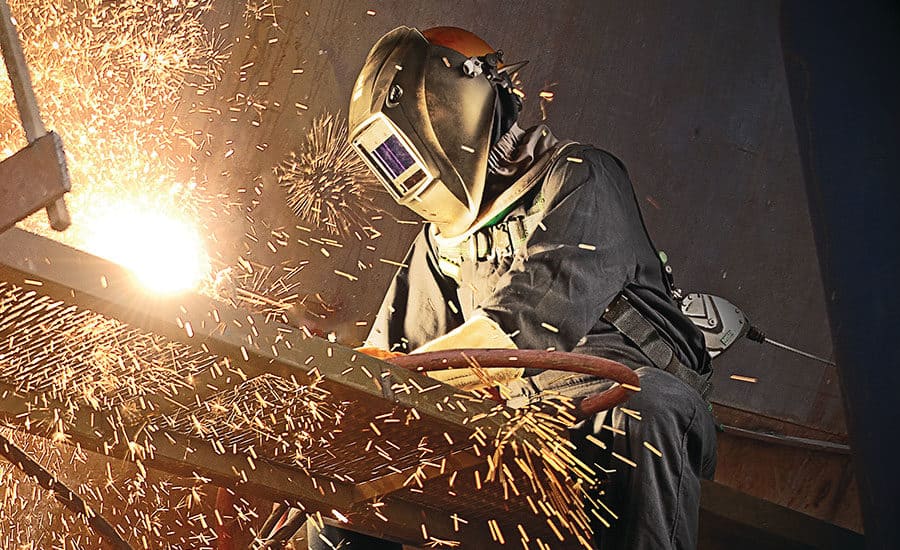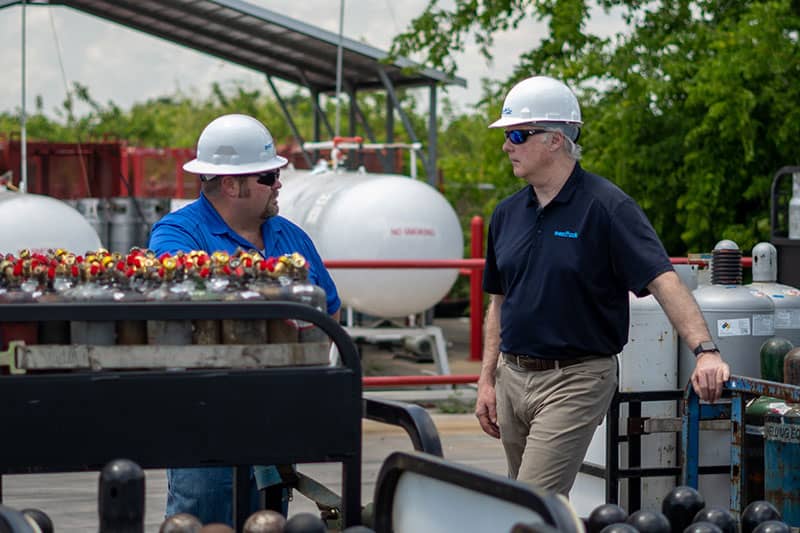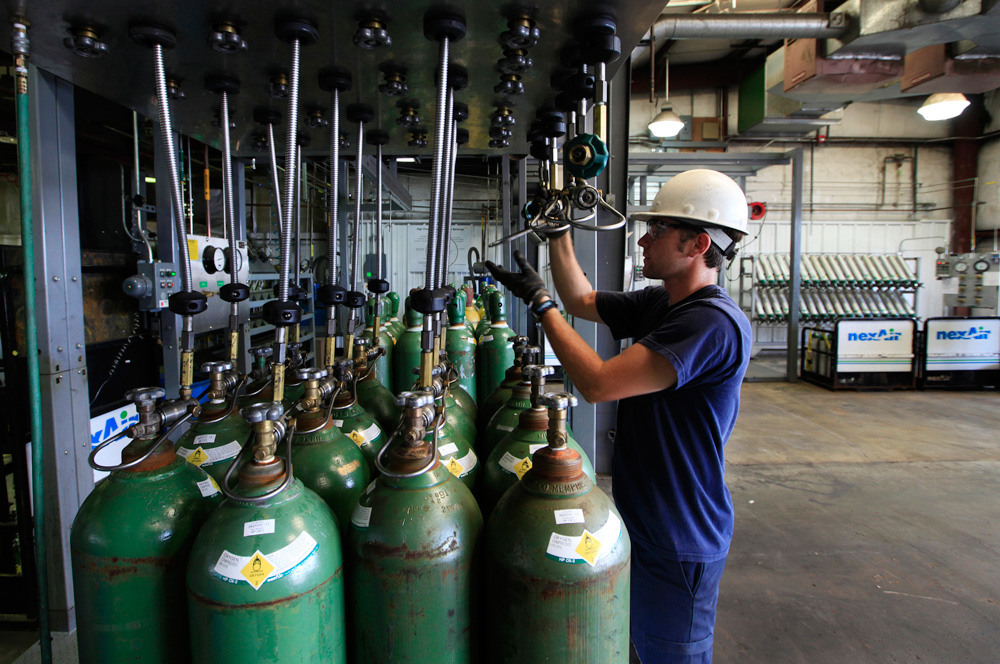The future of automation in welding
The future of automation in welding
Welding is an essential process in many industries, including construction, automotive, and manufacturing. It involves joining two pieces of metal using heat and pressure. As technology advances, welding automation is becoming more prevalent, and it promises to revolutionize the manufacturing industry. nexAir continues to evolve and stay on top of trends, new innovations, equipment and practices. As the welding industry grows and automation becomes more prevalent, you can lean into our KnowHow to allow you and your team to Forge Forward in anything that comes your way.
Bright future ahead: Advantages of automation
The future of welding automation is bright, and it is set to transform the welding industry. Automated welding systems are becoming more sophisticated, and they offer numerous benefits over manual welding such as:
Increased productivity
One of the main advantages of welding automation is increased productivity. By automating the welding process, manufacturers can produce more products in less time. This, in turn, leads to increased profitability and competitiveness.
Increased precision
Another advantage of welding automation is increased precision. Automated welding systems can perform welds with incredible accuracy, leading to higher-quality products. This is because automated welding systems can control the heat input, the welding speed, and the welding angle much more precisely than a human operator can. This results in fewer defects and a more uniform product.
Increased safety benefits
Welding automation also offers increased safety benefits. Welding is a hazardous process, and it exposes workers to high temperatures, sparks, and fumes. Automated welding systems eliminate the need for human operators, reducing the risk of injury and illness. This is particularly important in industries such as oil and gas, where welding is a critical component of the production process.
Be on the lookout for new welding technology
The future of welding automation is not limited to traditional welding techniques. New welding technologies, such as laser and ultrasonic welding, are also becoming more prevalent. These new welding techniques offer unique advantages over traditional welding methods, such as the ability to weld dissimilar materials and the ability to weld thin materials without distortion. The future of welding automation is also intertwined with the development of robotics. Robotic welding systems are becoming more common in manufacturing facilities, and they offer numerous benefits over traditional welding methods.
Advantages of robotic welding:
Increased flexibility
One of the main advantages of robotic welding is increased flexibility. Robotic welding systems can be programmed to weld a wide range of products, making them ideal for high-mix, low-volume production environments.
Increased precision
Another advantage of robotic welding is increased precision. Robotic welding systems can perform welds with incredible accuracy, leading to higher-quality products. This, in turn, leads to increased customer satisfaction and repeat business.
Good things come with challenges
The future of welding automation is not without its challenges. One of the main challenges is the cost of implementing automated welding systems. Automated welding systems can be expensive to purchase and install, and they require specialized training to operate. However, the long-term benefits of increased productivity, quality, and safety often justify the initial investment. Another challenge is the need for skilled workers to operate and maintain automated welding systems. As automation becomes more prevalent, the demand for skilled workers will increase. This presents an opportunity for training and education programs to develop the workforce of the future.
The future of welding automation is bright, and it promises to revolutionize the welding industry. Automated welding systems offer numerous benefits over traditional welding methods, including increased productivity, precision, and safety. The development of new welding technologies and robotics will continue to drive innovation in the industry. While there are challenges to implementing automated welding systems, the long-term benefits often justify the initial investment. As the industry continues to evolve, it is important for training and education programs to keep pace with the changing landscape and develop the skilled workforce of the future. At nexAir, not only do we provide our customers with top-of-the-line equipment, but we also offer hands-on training so you and your team can tackle each project with confidence and with ease. If you are interested in learning more about automation, please reach out to us – our team would be happy to help guide you in the right direction. Let’s continue to Forge Forward, together!
Looking out for your future
Get your career going on the right track with nexAir
Industry Knowledge and Expertise
Find out how nexAir KnowHow has impacted businesses all over the Southeast
nexAir in the news
Our expertise makes us more than a valuable partner, it makes us headlines
nexAir is always open!
Don't see what you're looking for?
Everything we offer is a click away and it will arrive before you know it.


